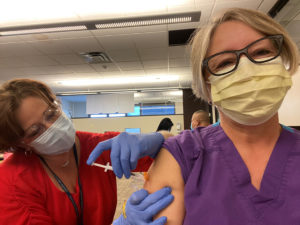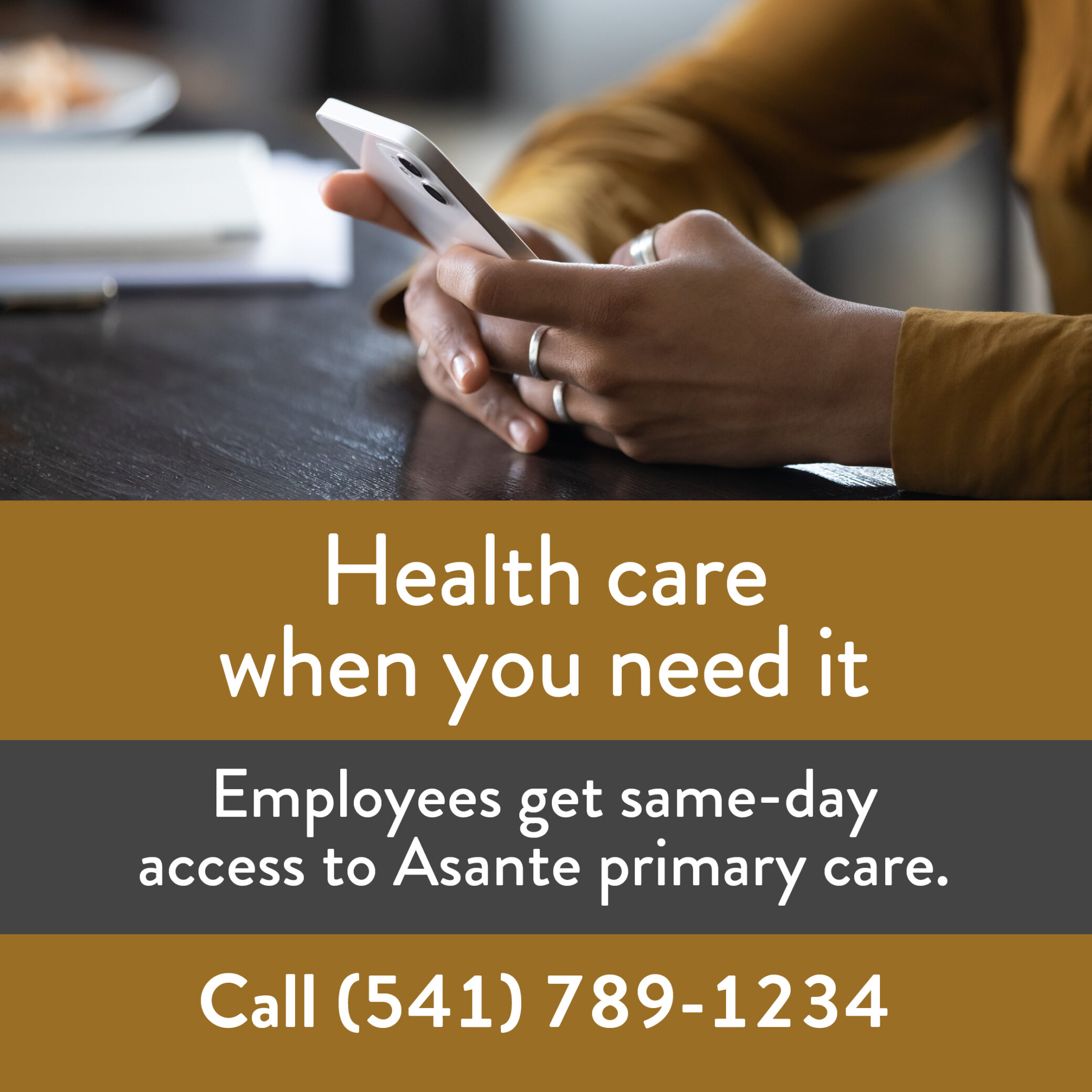Share:
What exactly does “clean” mean?
Keeping Asante’s work spaces clean not only creates a healthier environment for employees and patients, it also helps facilities become more efficient and productive.
Cleaning involves removing germs, dirt and impurities from surfaces. Cleaning does not kill germs, but by removing them, it shrinks their numbers and effectively reduces risk of spread.
Disinfecting refers to the use of chemicals (e.g., EPA-registered disinfectants) to kill germs on surfaces. This process does not necessarily clean dirty surfaces or remove germs, but killing germs can further lower risk of spreading infection.
As we go about our daily work, consider these “clean” practices:
- Continue to maintain safe practices such as wearing masks, washing your hands often and staying home if you are sick.
- Continue practices that reduce the potential for exposure: Maintain physical distancing, staying six feet away from others when possible. Avoid sharing common workspaces and frequently touched objects, like a stapler or other shared objects.
- If you do have to share a workspace, please clean your space before you leave.
- Routinely clean and disinfect high-touch surfaces such as:
- Doorknobs
- Bedrails
- Light switches
- Bathroom faucet handles
- Toilet flush handles
- The walls near the toilet
- Remote controls
- Phone
- Overbed tables
- Bedside stands (top and drawer handles)
- Medical equipment
- Call light controls
- Pay special attention to your space in the break room. Clean up after your break, sanitize clipboards, paper chart holders, tube system tubes, Omnicell and your smartphone.
- Always make sure you are cleaning equipment between patient use.
Sanitize with the disinfectant available in your work area. Follow the instructions on the label to ensure safe and effective use of the product. Many products recommend:
- Keeping surface wet with disinfectant for a period of time (see the product label)
- Making sure you have good ventilation while using the product
- Wearing gloves and glasses or goggles to prevent splash hazards to eyes
- Using only the amount recommended on the label
Lastly, use chemical disinfectants safely! Always read and follow the directions on the label of cleaning and disinfection products to ensure safe and effective use. Do not eat, drink, breathe or inject cleaning and disinfection products into your body or apply directly to your skin as they can cause serious harm
If you have a question, please contact the author or relevant department directly.



